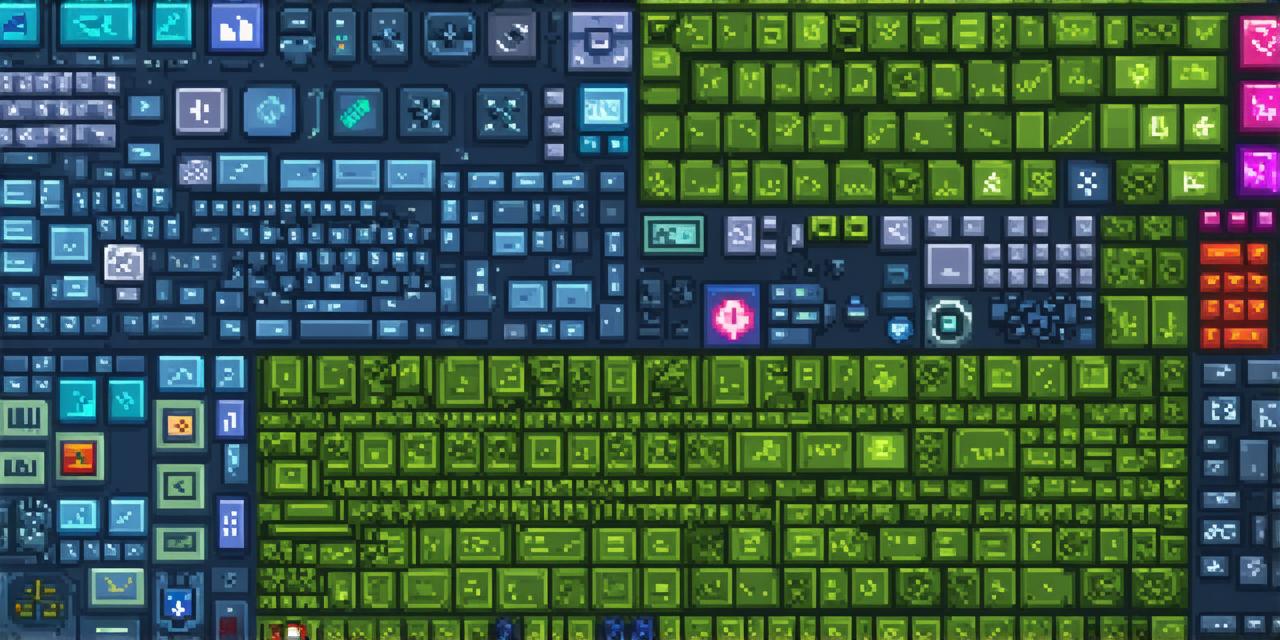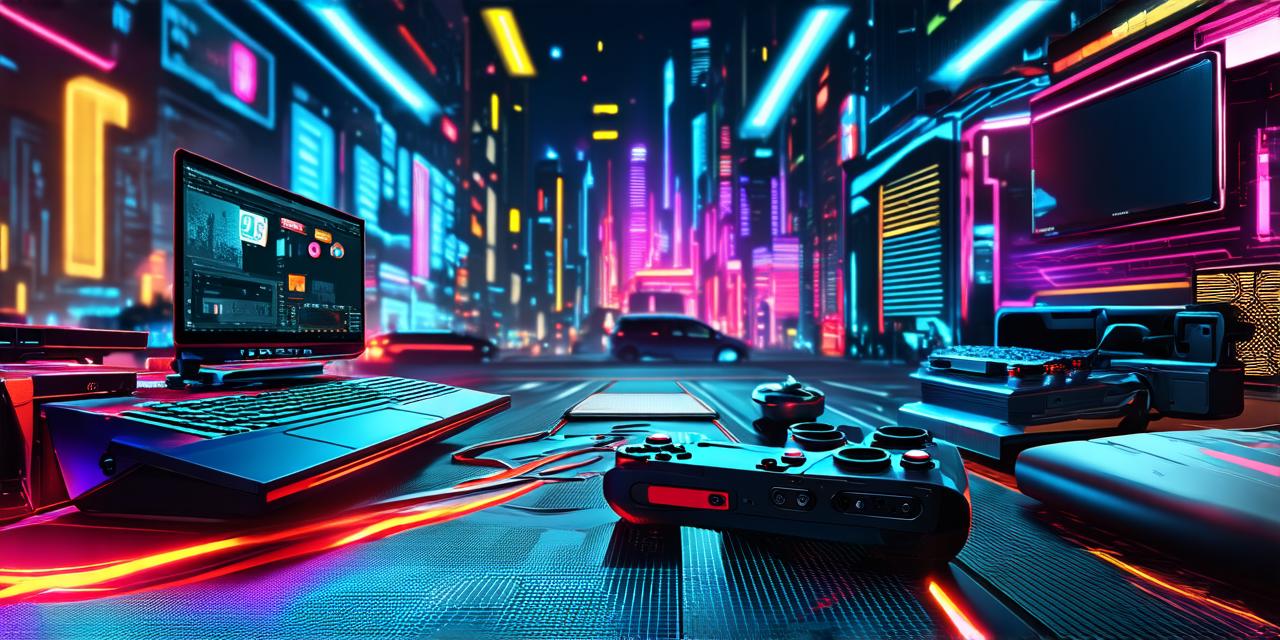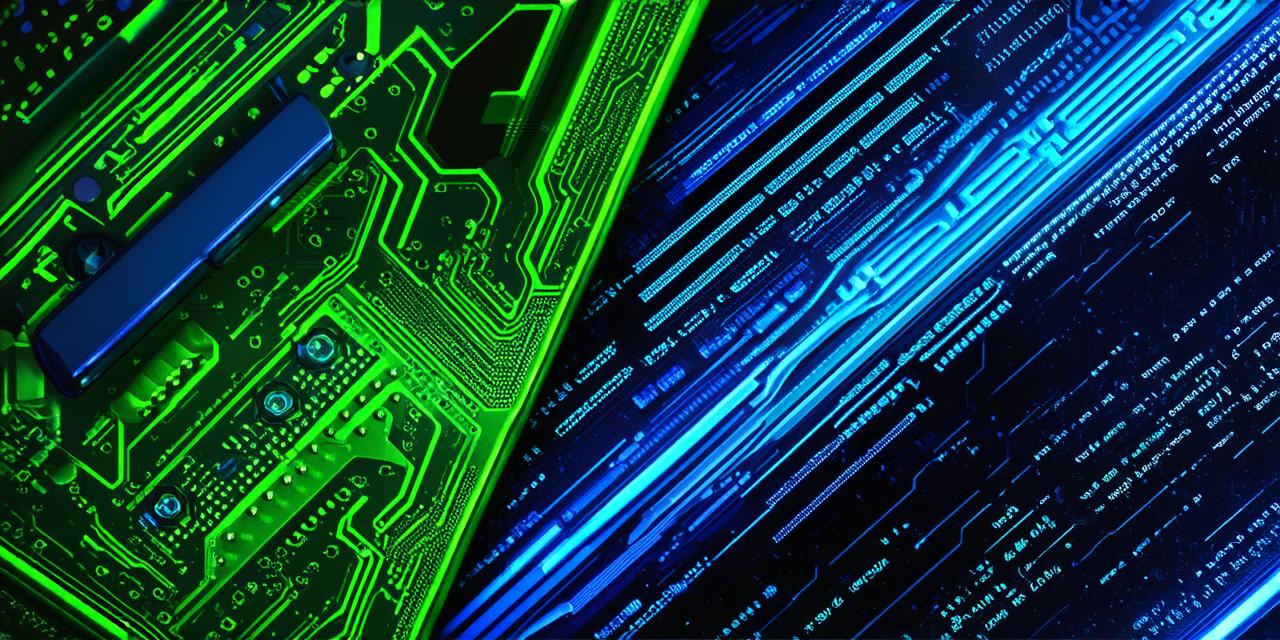Introduction
The world of gaming has grown exponentially in recent years, with millions of people around the world enjoying various games across multiple platforms. The team behind these games – game developers – are the creative minds responsible for bringing our favorite characters, stories, and experiences to life. In this article, we will delve into what game developers do, their creative process, and how they make the magic happen.
What Game Developers Do: An Overview
At its core, game development involves creating interactive experiences that engage and entertain players. This includes designing the rules of the game, creating characters and environments, programming the game’s functionality, and testing and refining the game until it is ready for release. While each role within a game development team may have specific responsibilities, there are several key elements that make up the process as a whole.

1. Conceptualization
This stage involves brainstorming ideas for the game, including its theme, setting, and mechanics. Game designers often draw inspiration from their personal experiences, pop culture, or other games. They may also collaborate with writers, producers, and other stakeholders to refine the concept and ensure it aligns with the overall vision of the project.
2. Pre-Production
During this phase, game designers create detailed documentation of their ideas, including concept art, storyboards, and flowcharts. They may also work on prototypes or early versions of the game to test out different mechanics and design elements. This stage is crucial for ensuring that everyone involved in the project has a clear understanding of what needs to be done before production begins.
3. Production
In this phase, game developers create the actual game, working together to program, design, and test various aspects of the game. This can involve creating levels, characters, or other game assets, as well as implementing features like AI, graphics, and sound. The production process often involves several sub-stages, including asset creation, animation, programming, and testing.
4. Post-Production
After the game is completed, it undergoes a series of tests to ensure that it is bug-free and functions as intended. This can include playtesting, where players provide feedback on the game’s mechanics and overall experience. Game developers may also make adjustments based on this feedback, improving the game before its release.
5. Launch and Maintenance
Once the game is ready, it is released to the public through various platforms like consoles, PCs, or mobile devices. Game developers then monitor the game’s performance, addressing bugs and making updates as needed. They may also continue to develop new content for the game, such as expansions or DLC (downloadable content), to keep players engaged and interested.
The Creative Process: A Deep Dive
While there is no one-size-fits-all approach to game development, most game developers follow a creative process that involves several key stages. Understanding this process can help aspiring game designers better understand what goes into creating a successful game.
1. Brainstorming and Conceptualization
As mentioned earlier, the first step in the creative process is brainstorming ideas for the game. Game designers may start with a general theme or setting, then work on refining these ideas until they have a clear concept for the game. This stage often involves drawing inspiration from various sources, such as pop culture, personal experiences, or other games.
2. Prototyping
Once the concept is solidified, game designers may create a prototype of the game to test out different mechanics and design elements. These prototypes can be simple paper-and-pencil sketches or more complex digital models, depending on the stage of development. The goal of the prototype is to ensure that the core elements of the game are working as intended and to identify any areas where improvements can be made.




